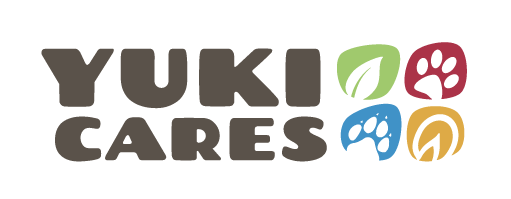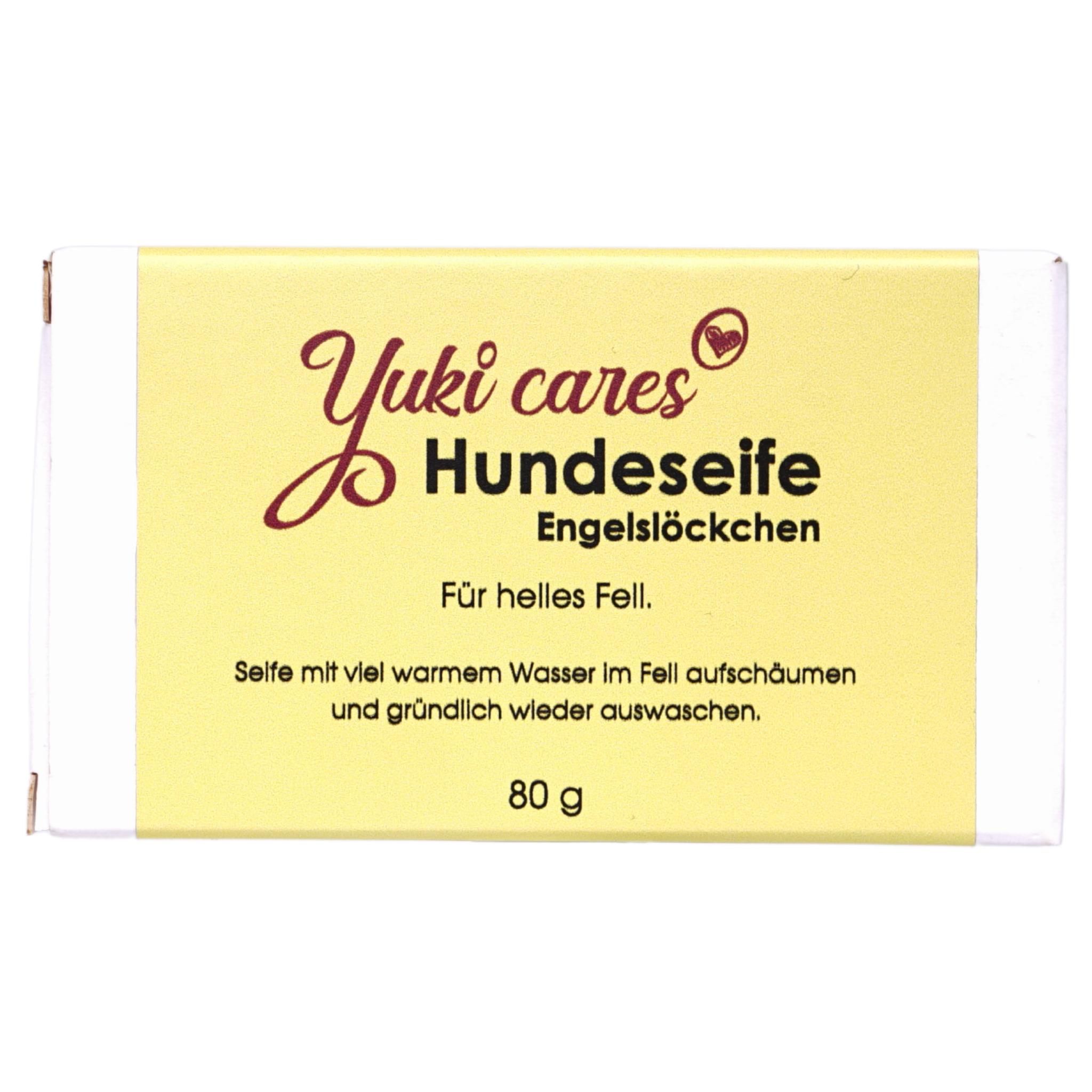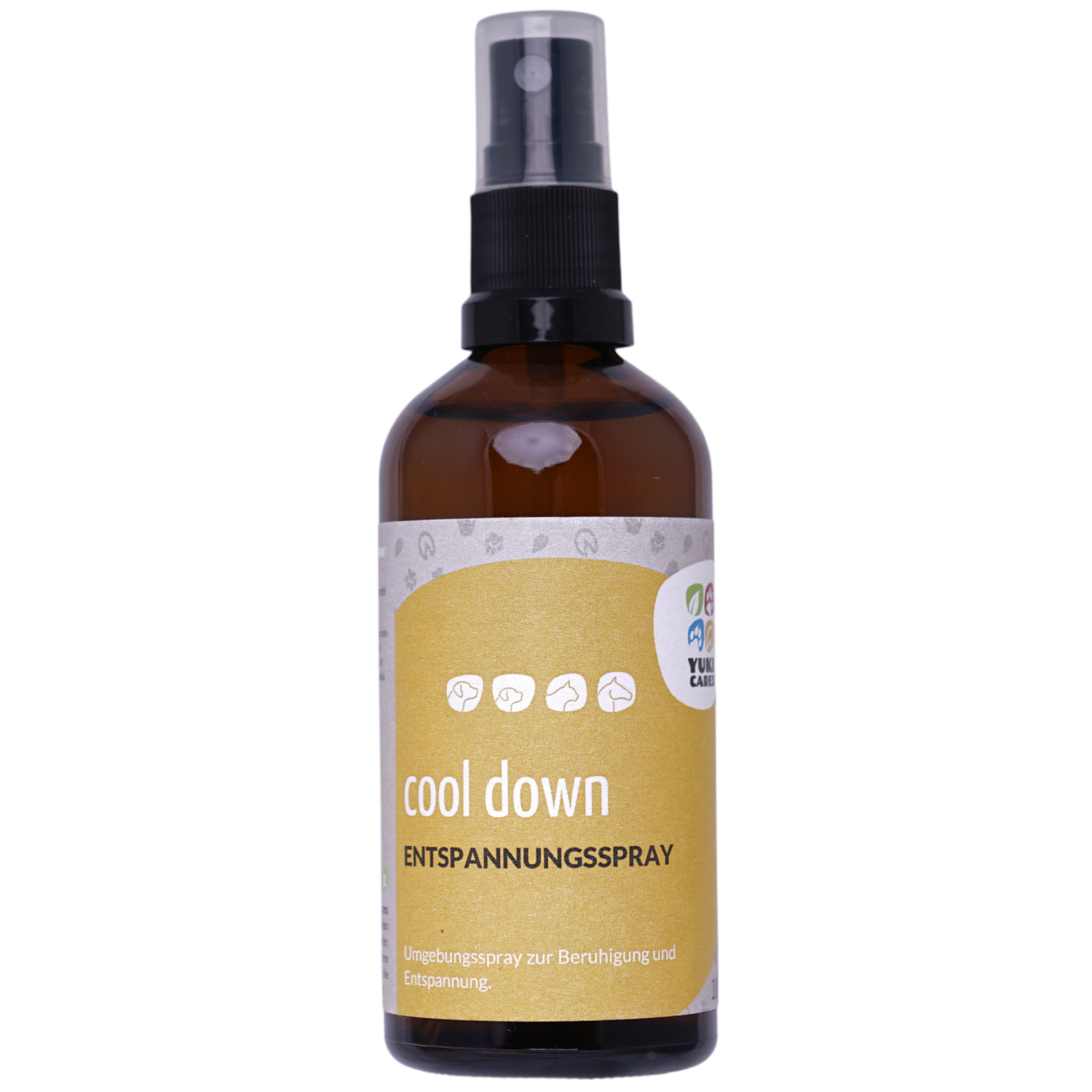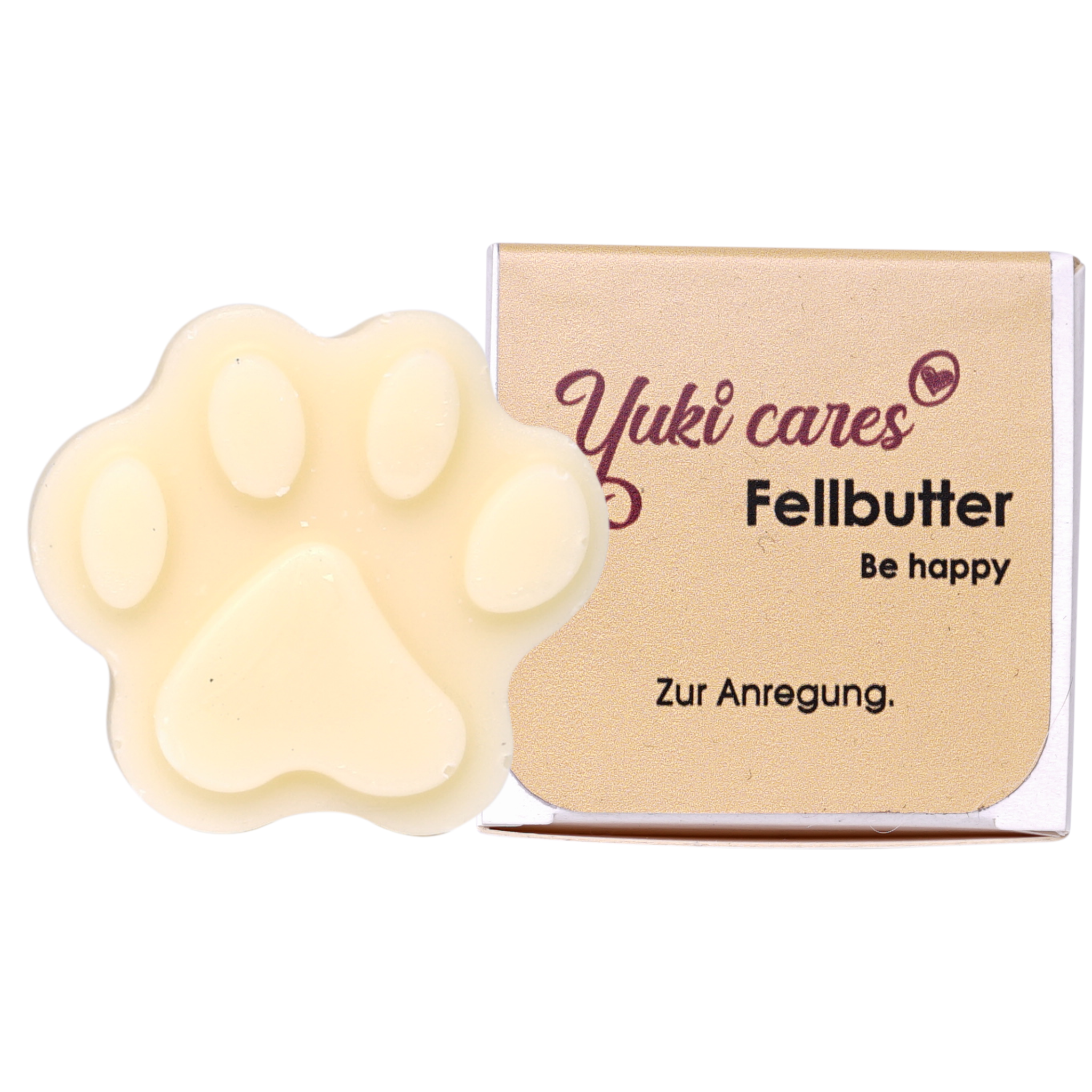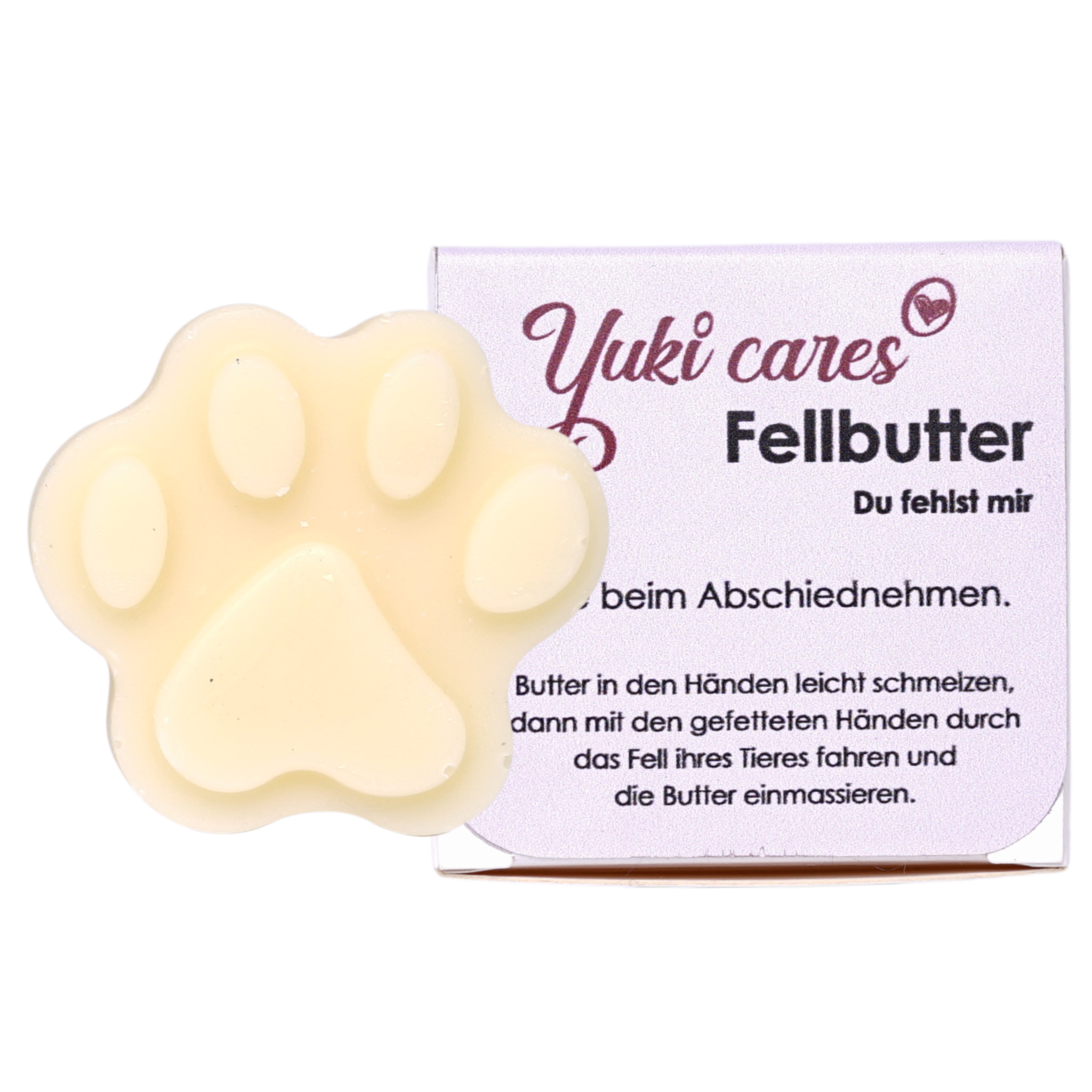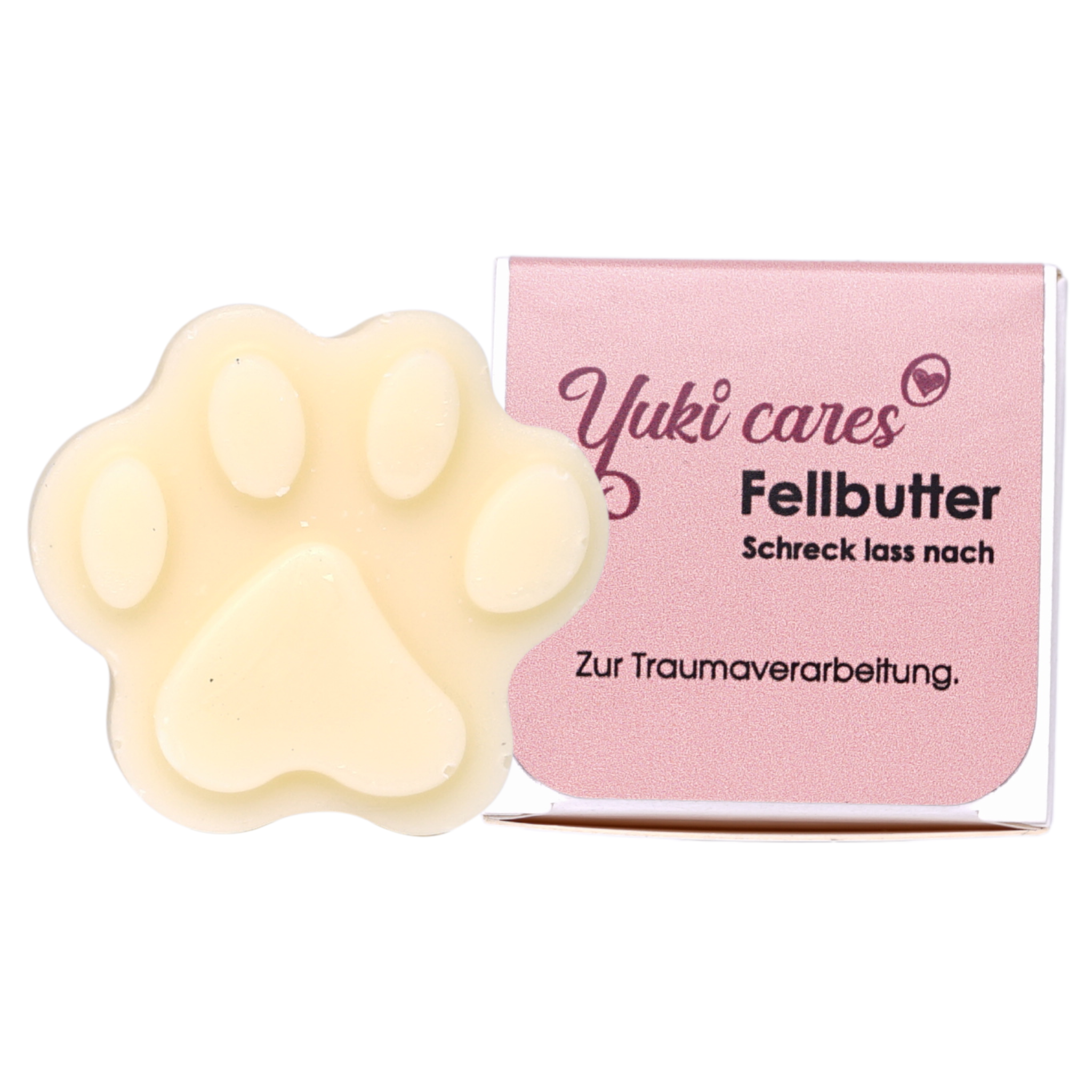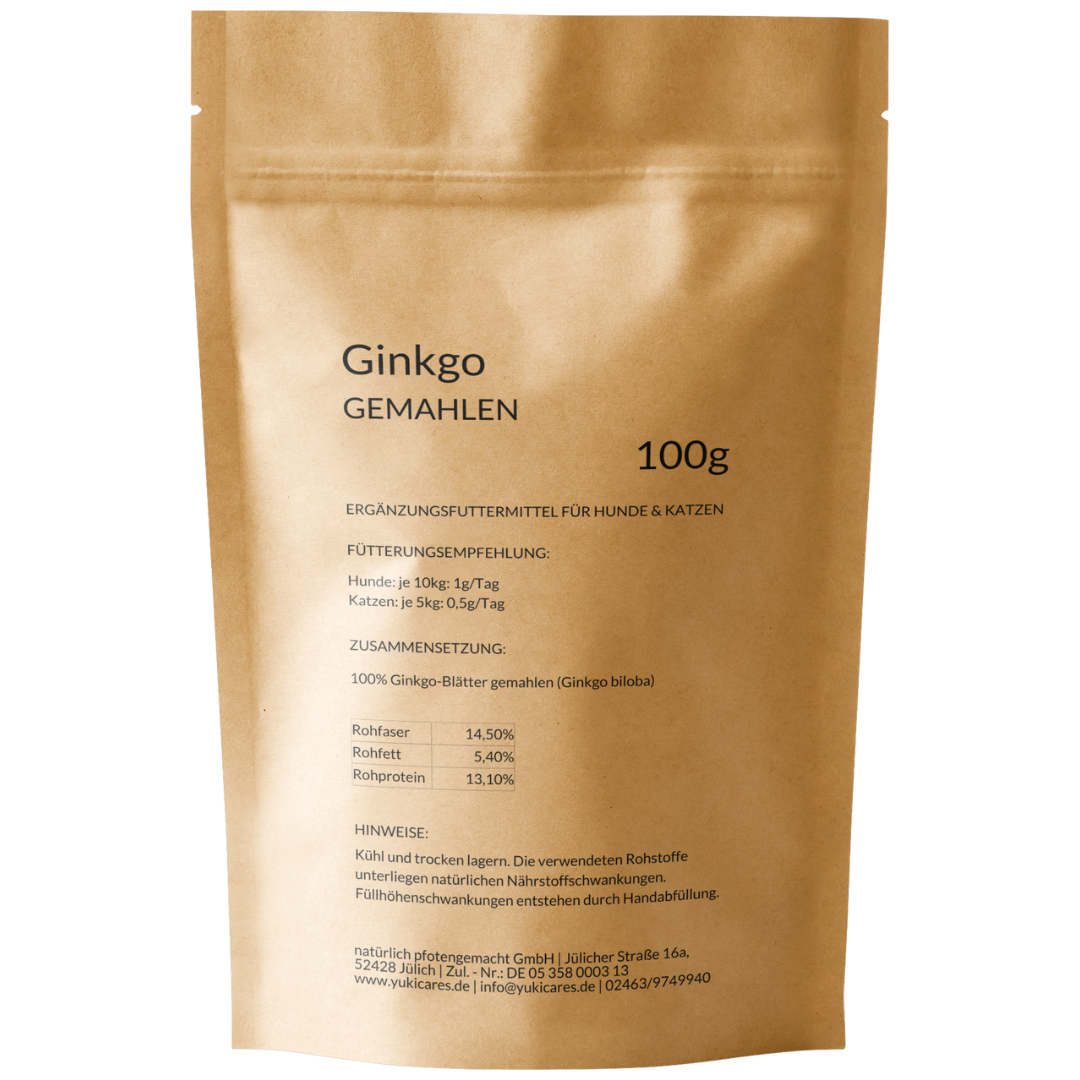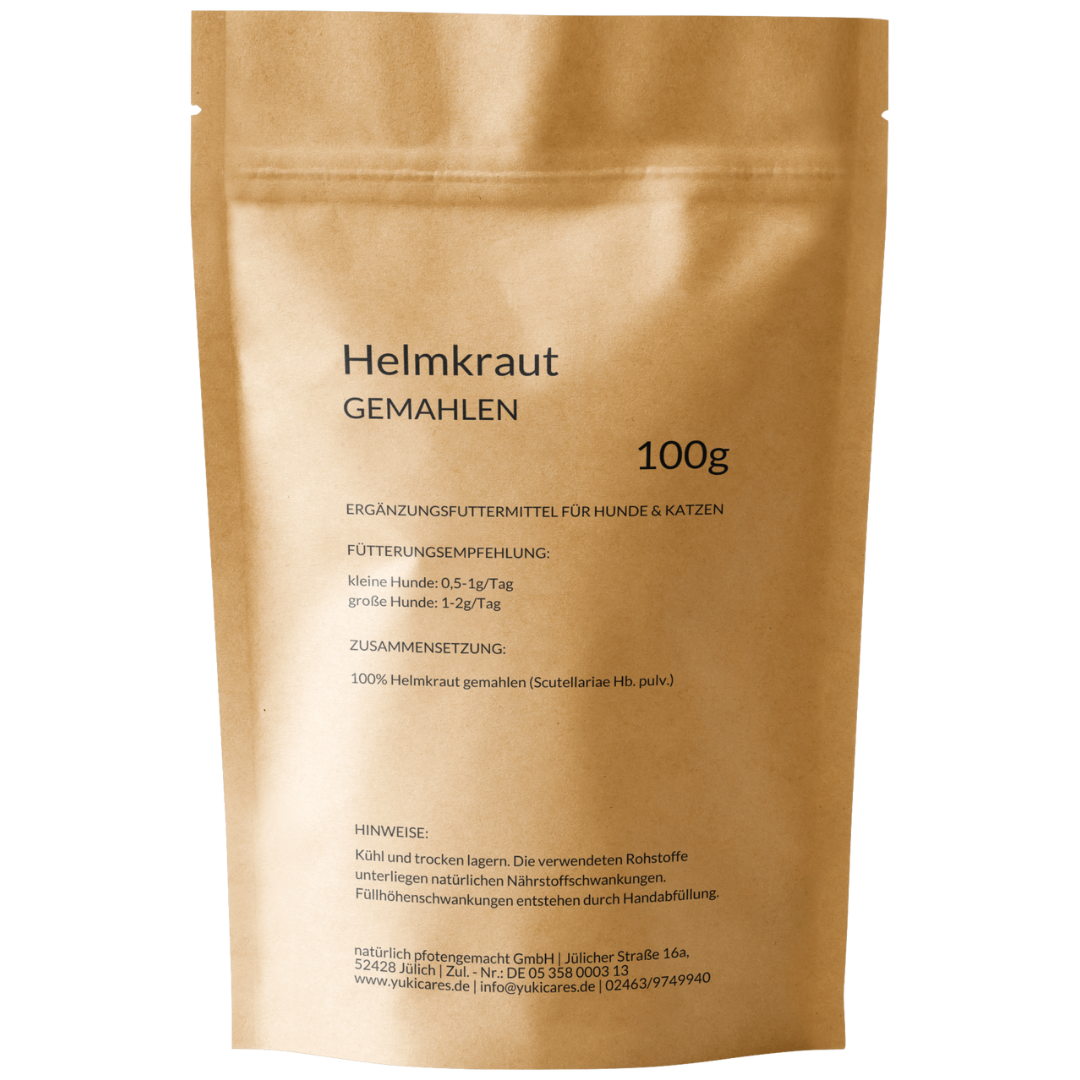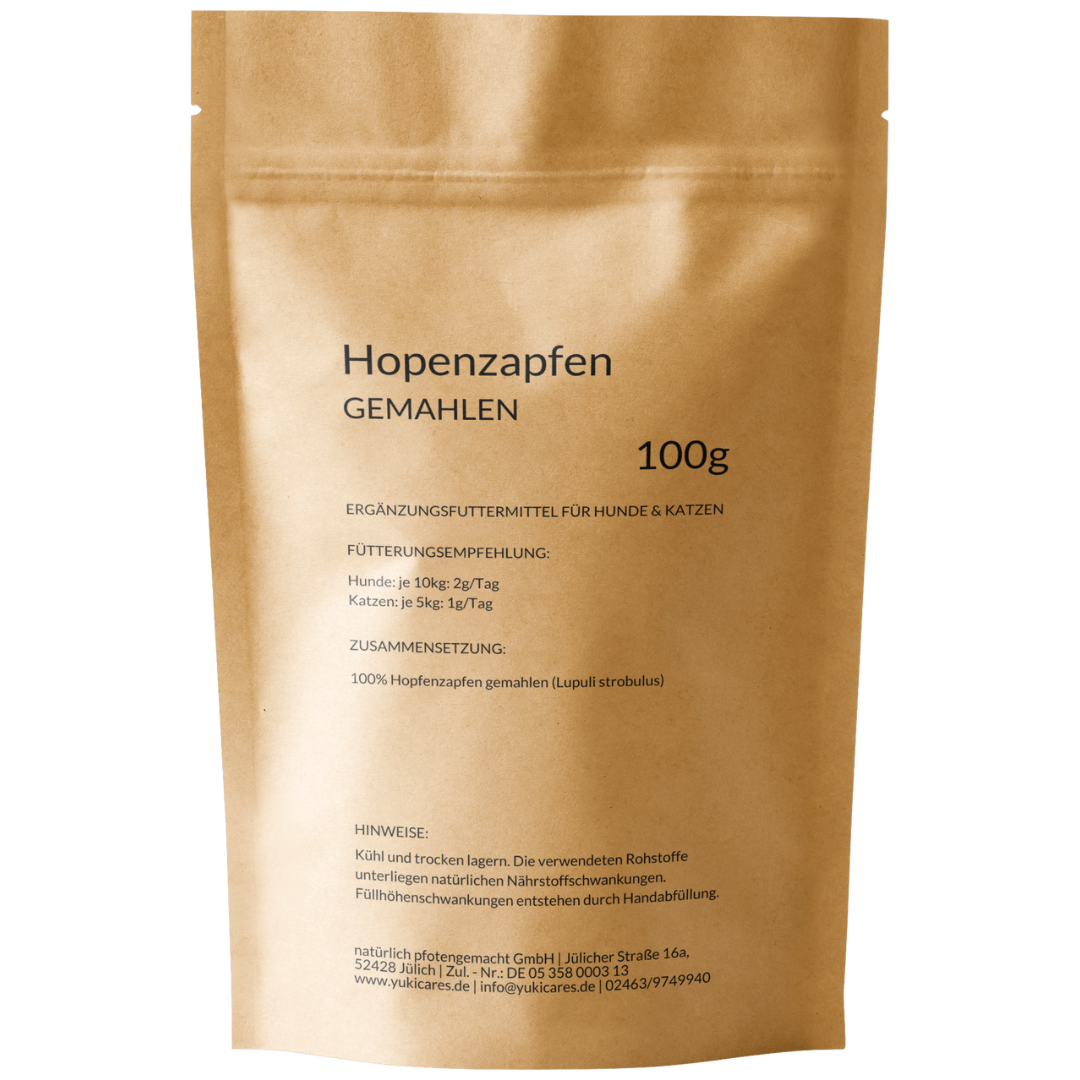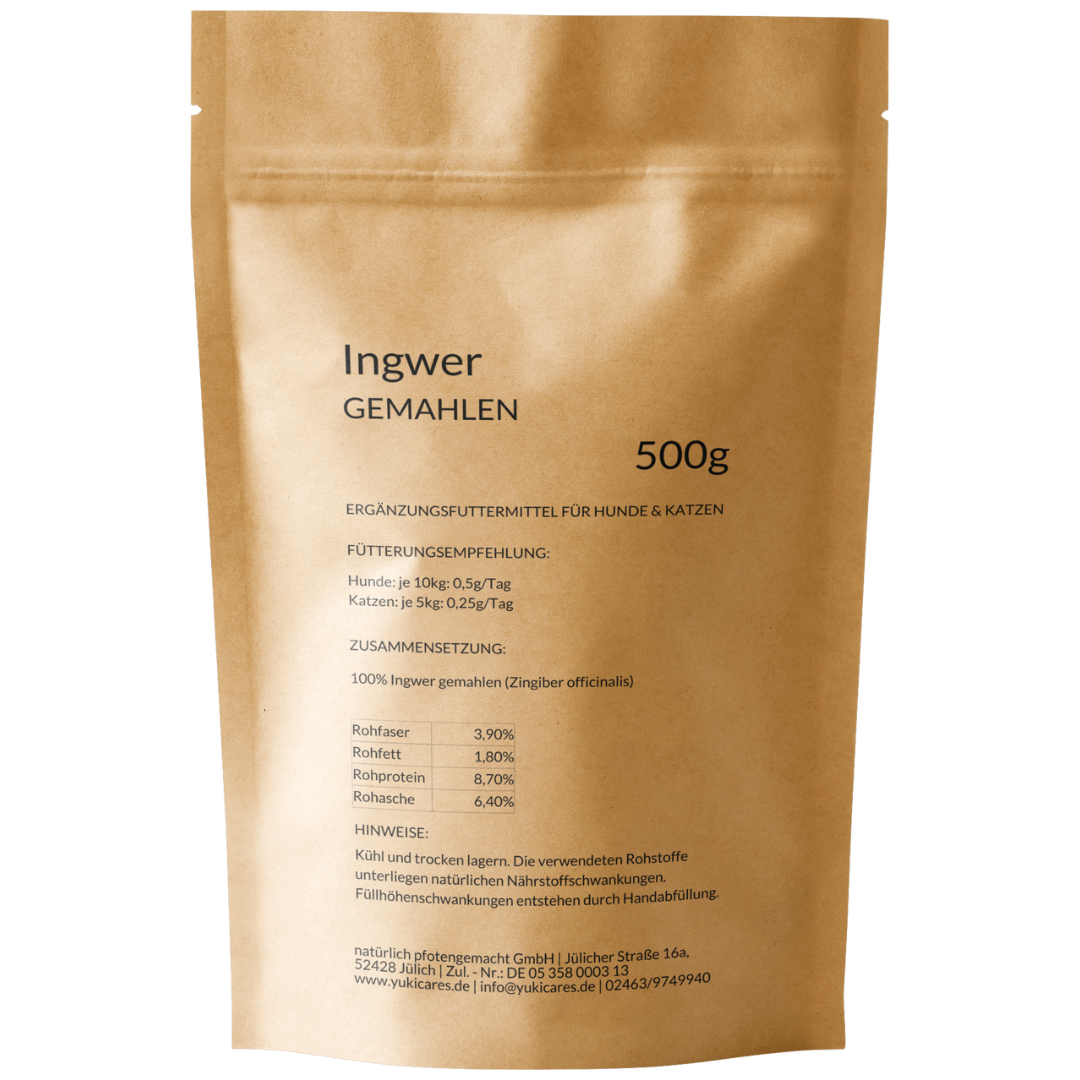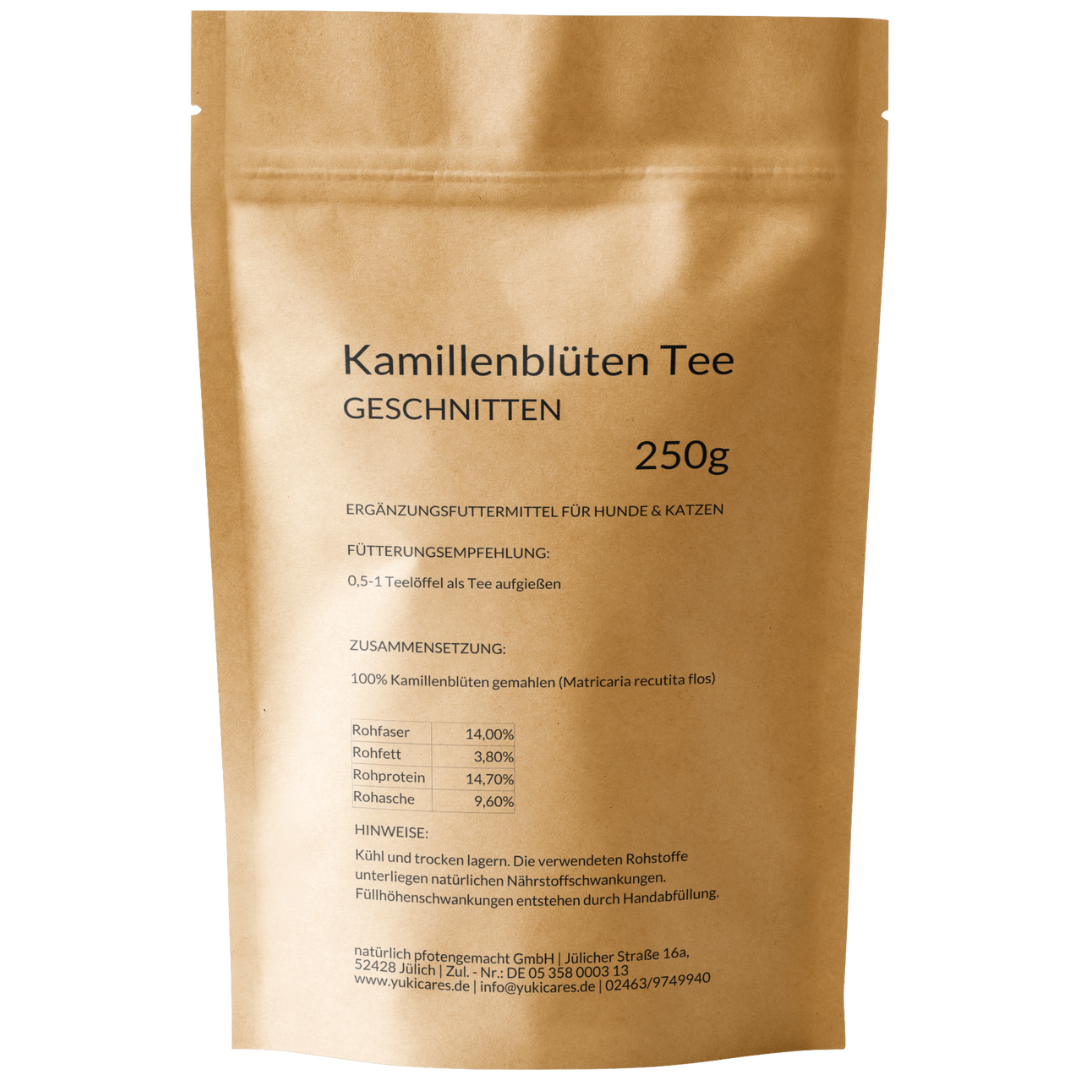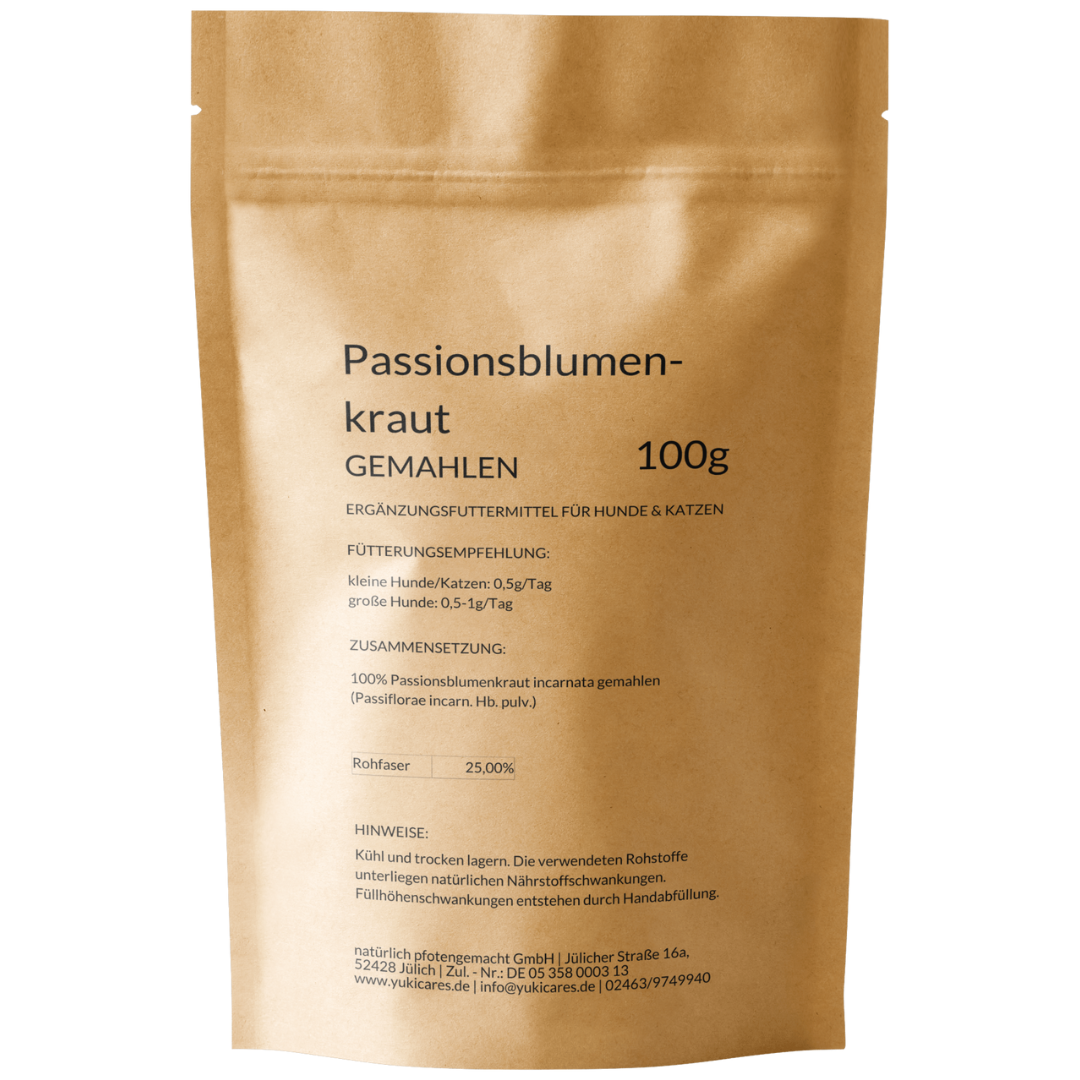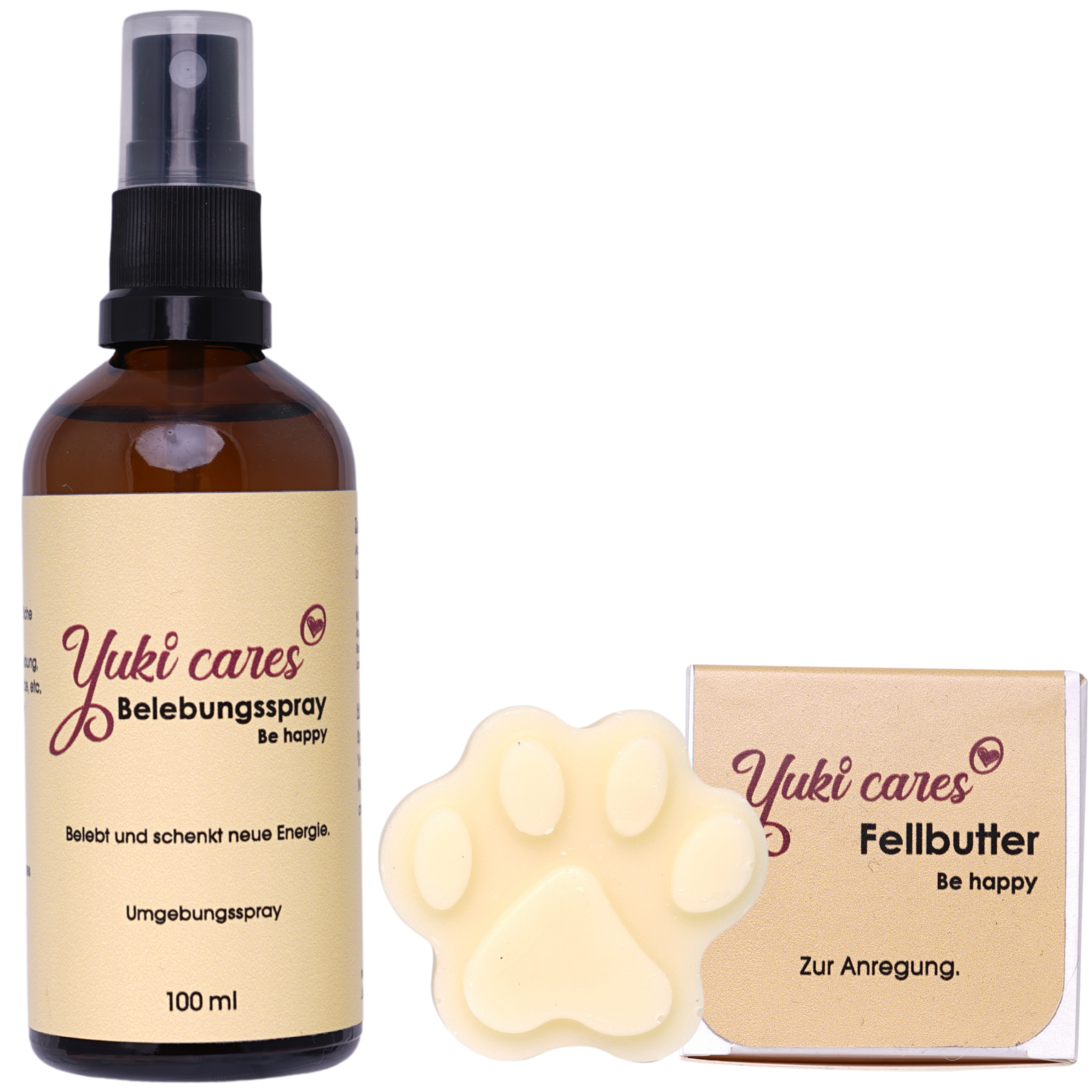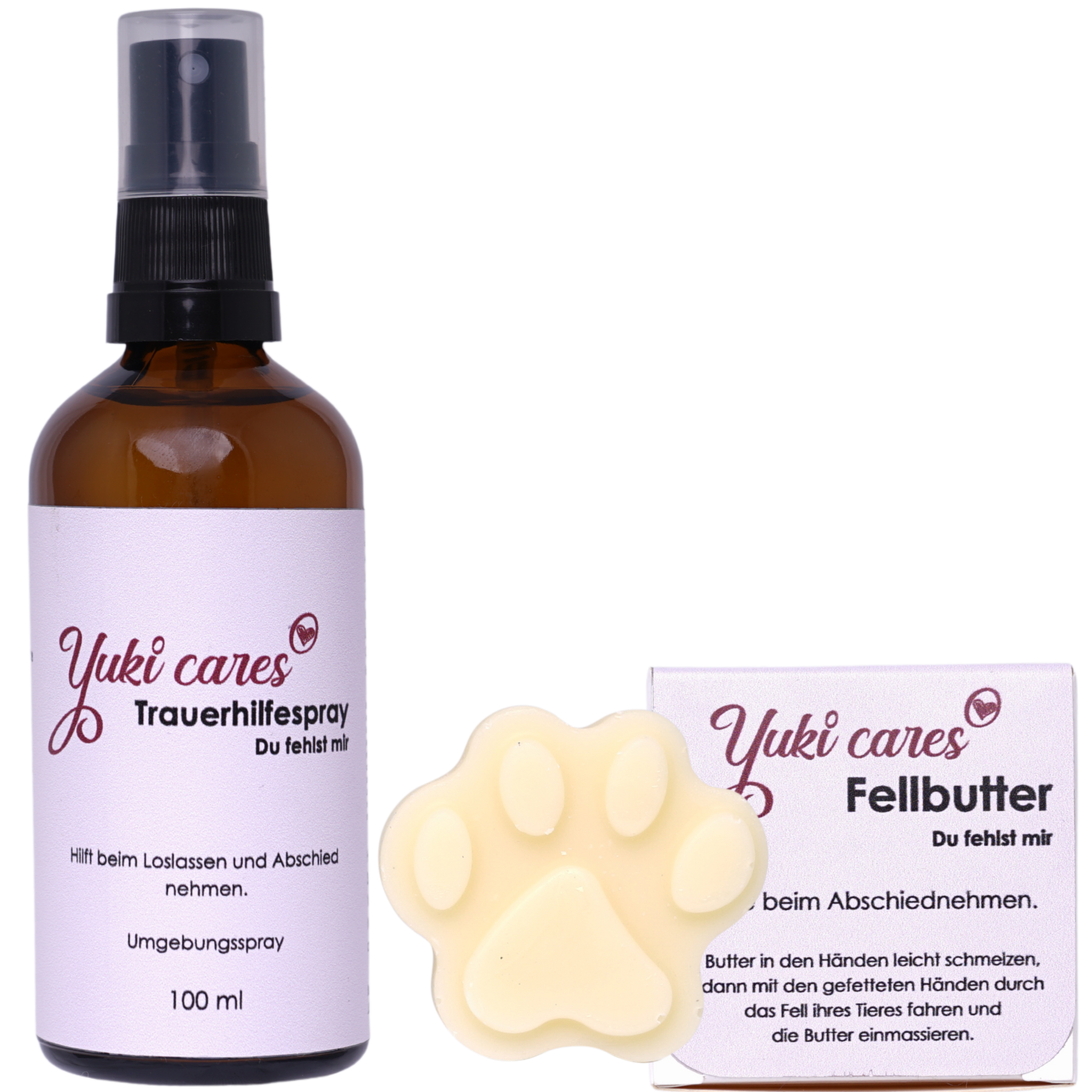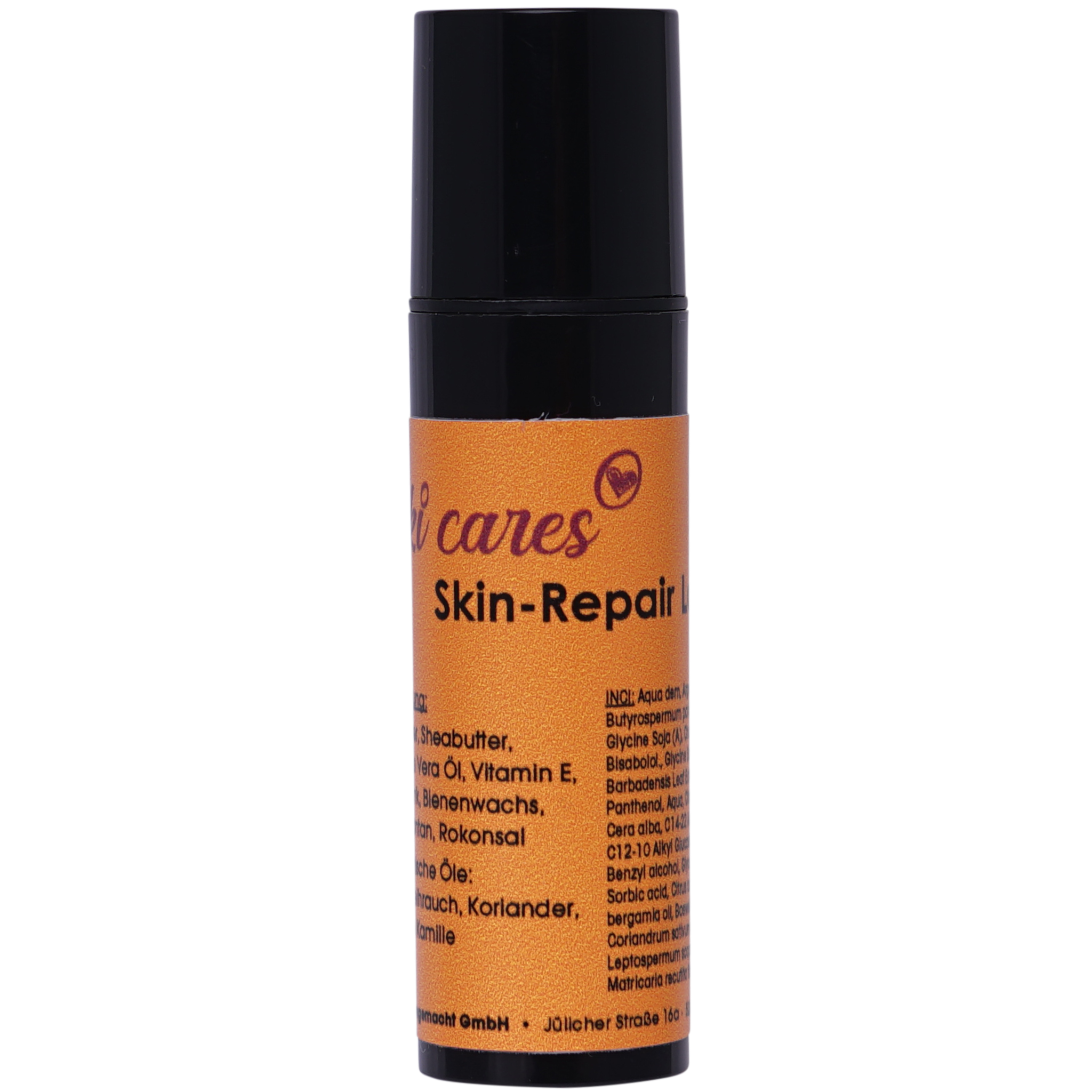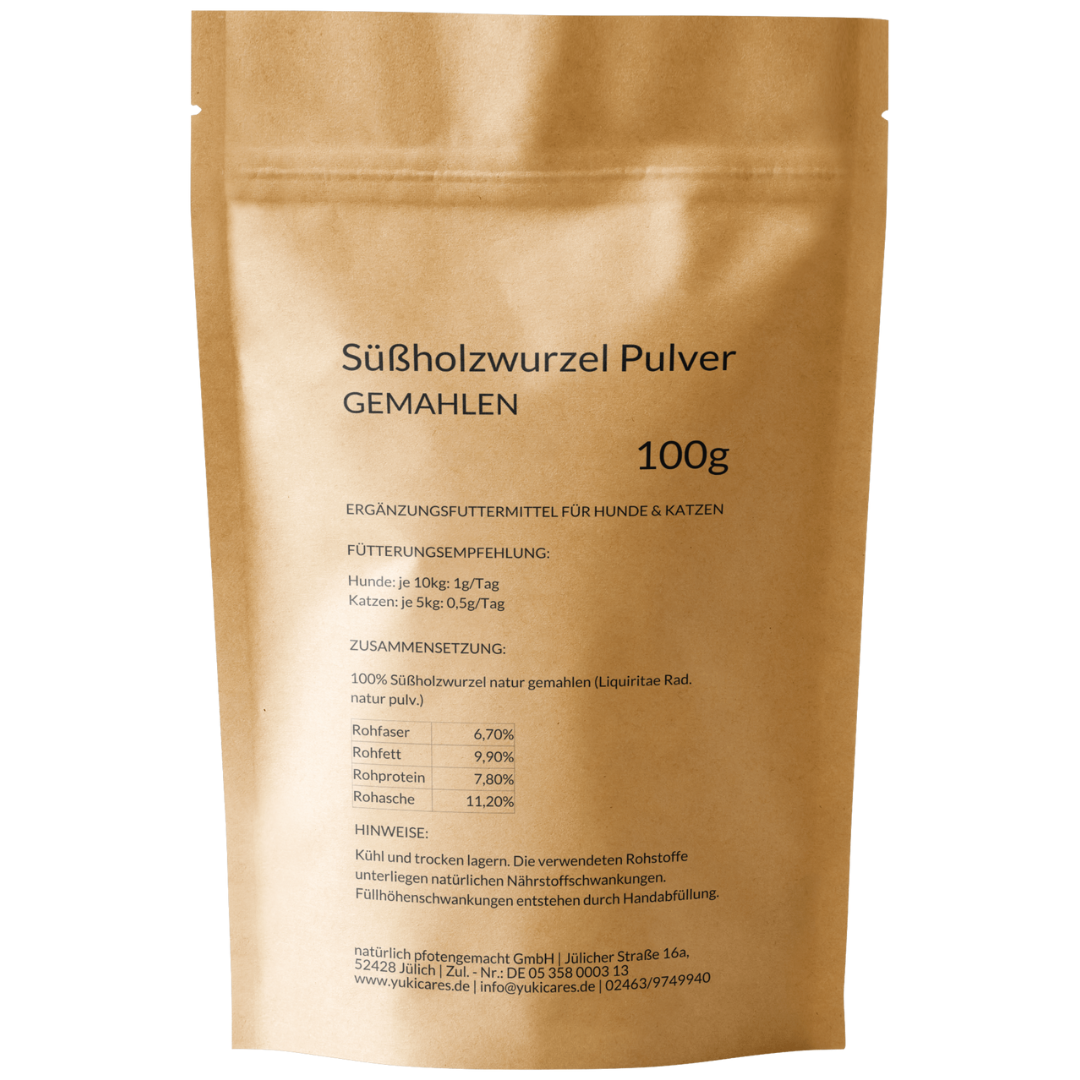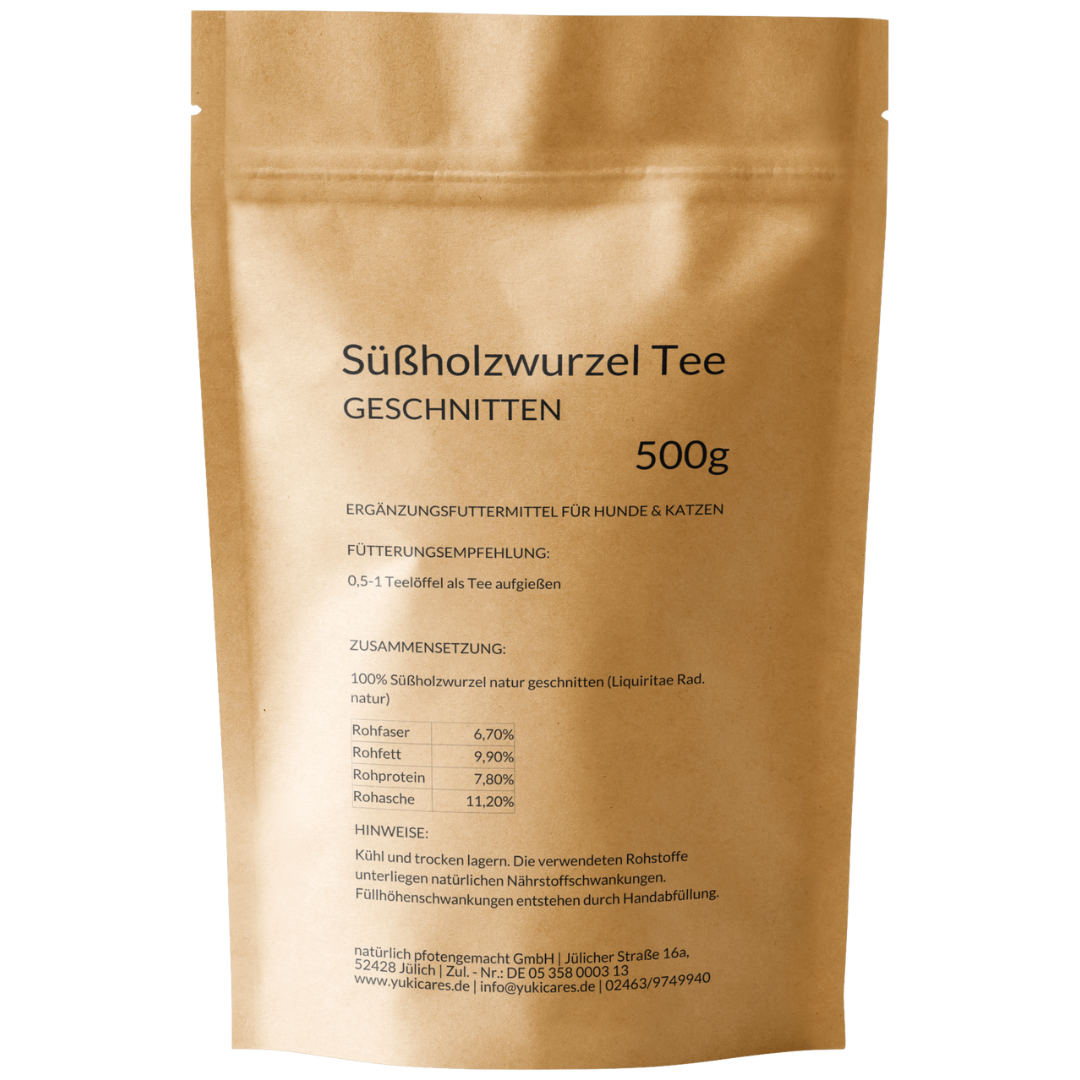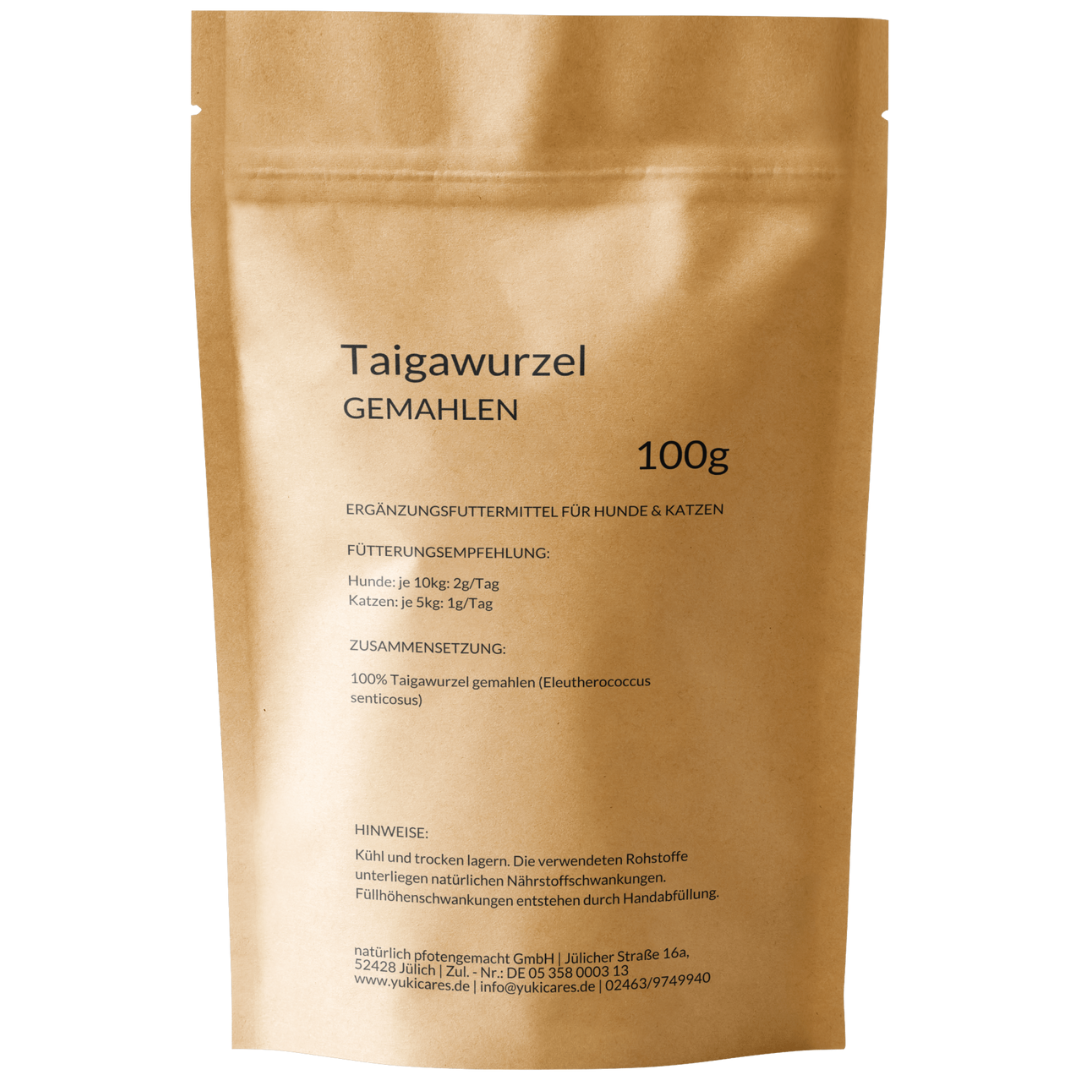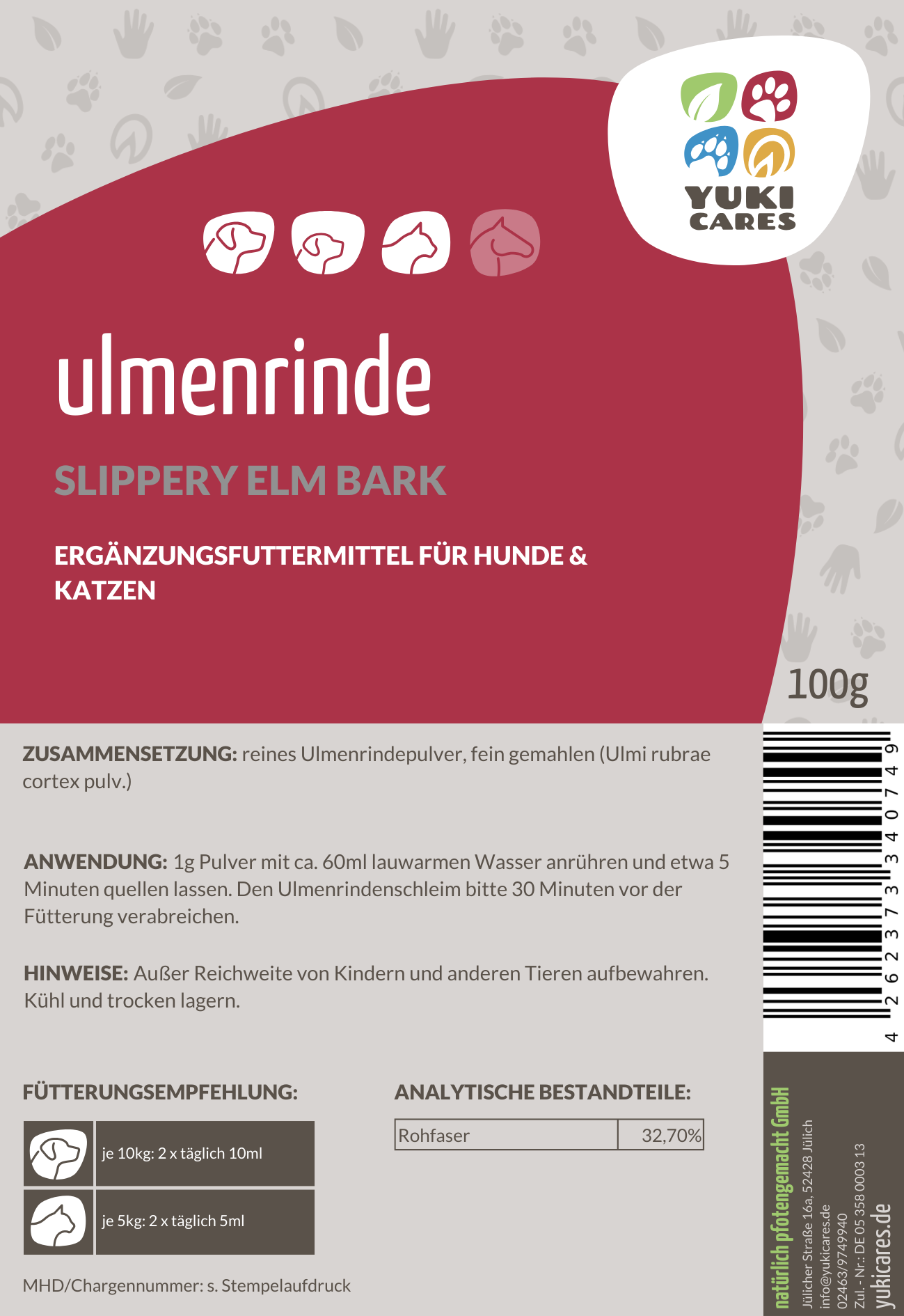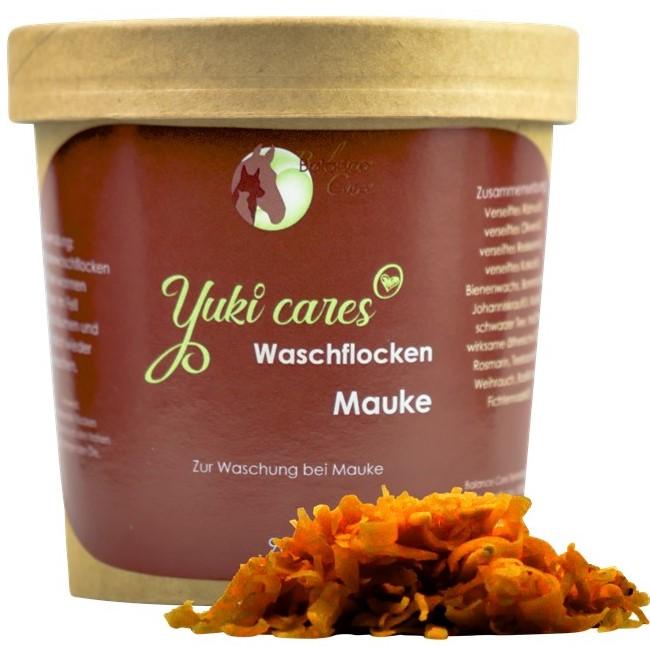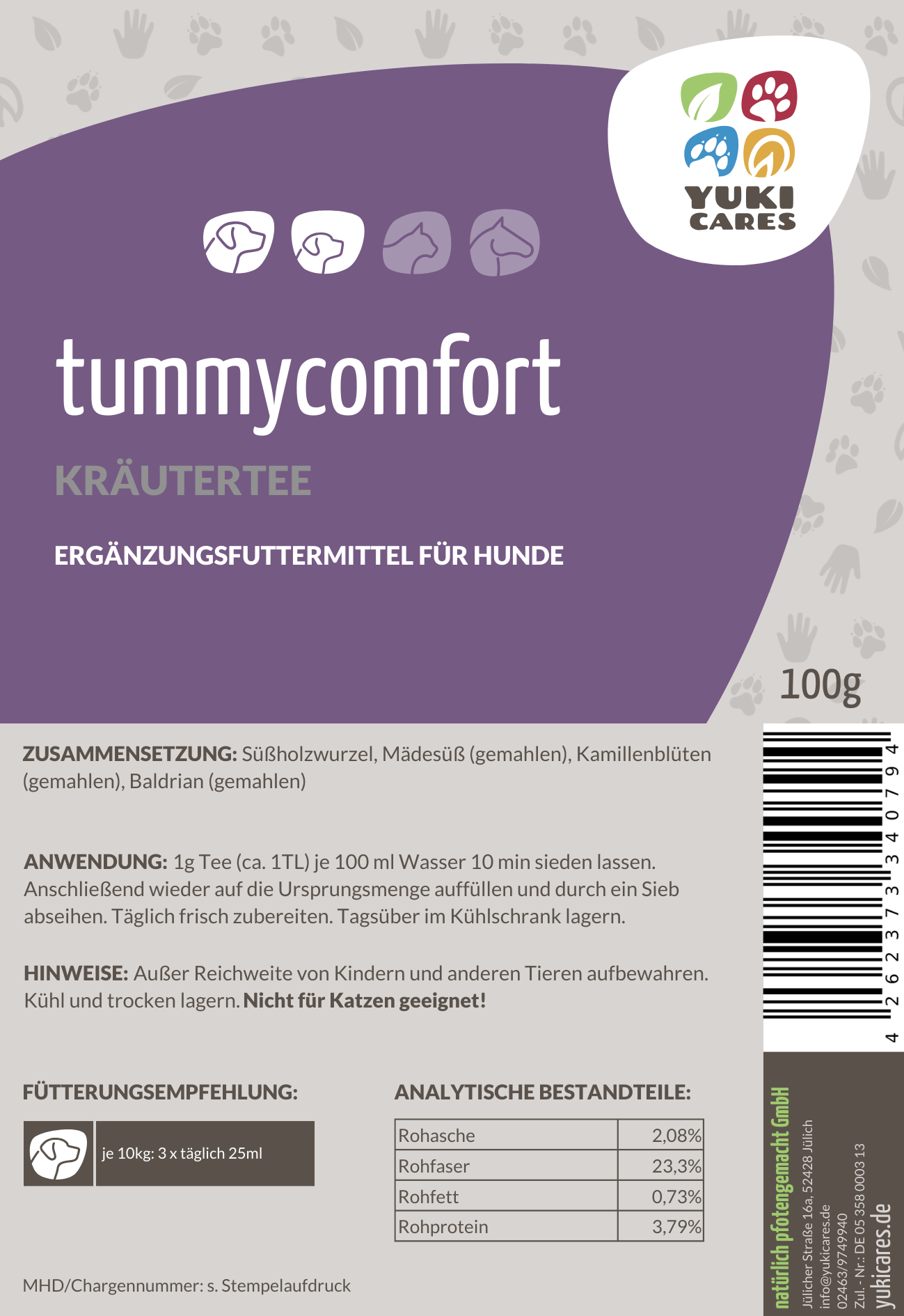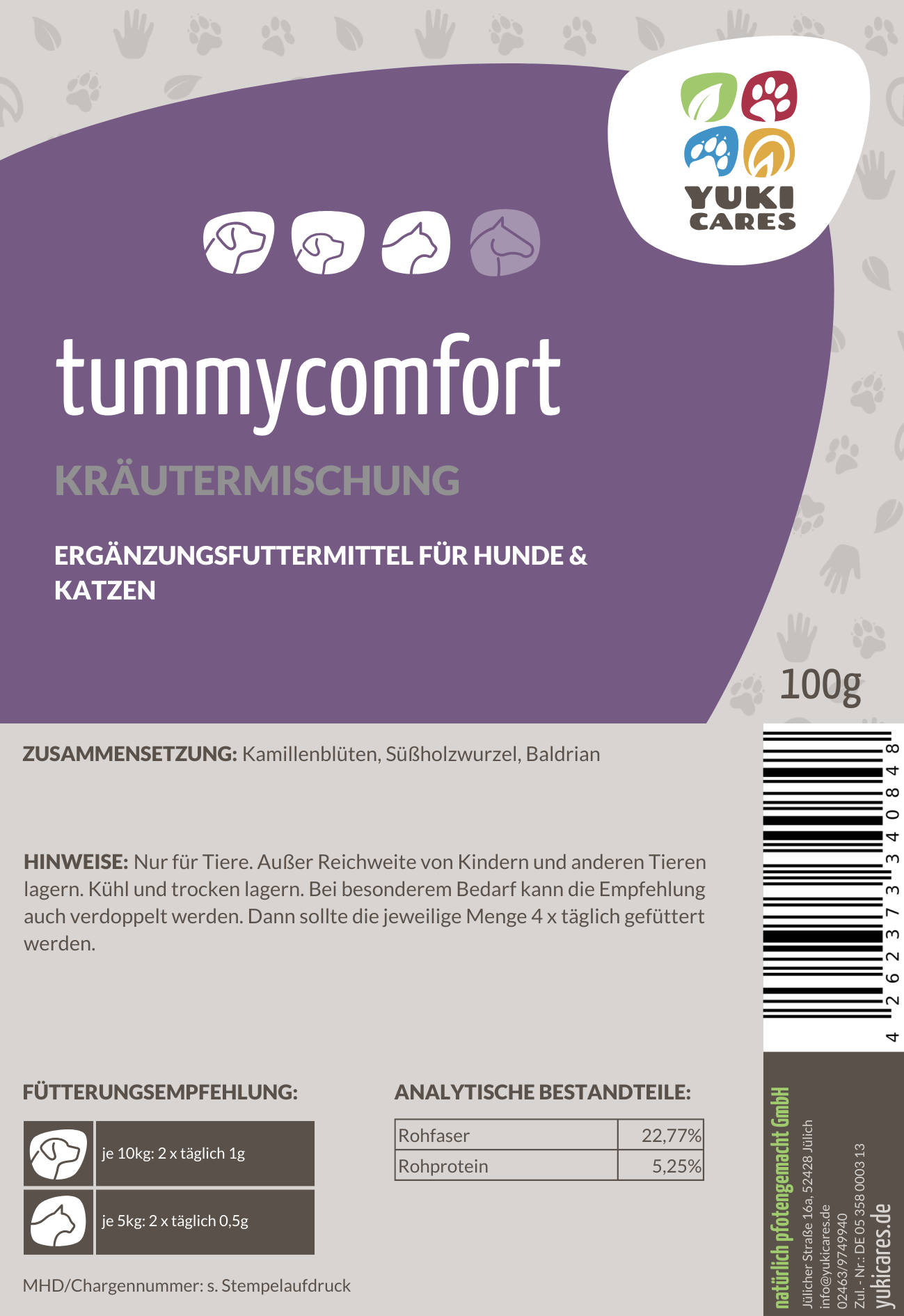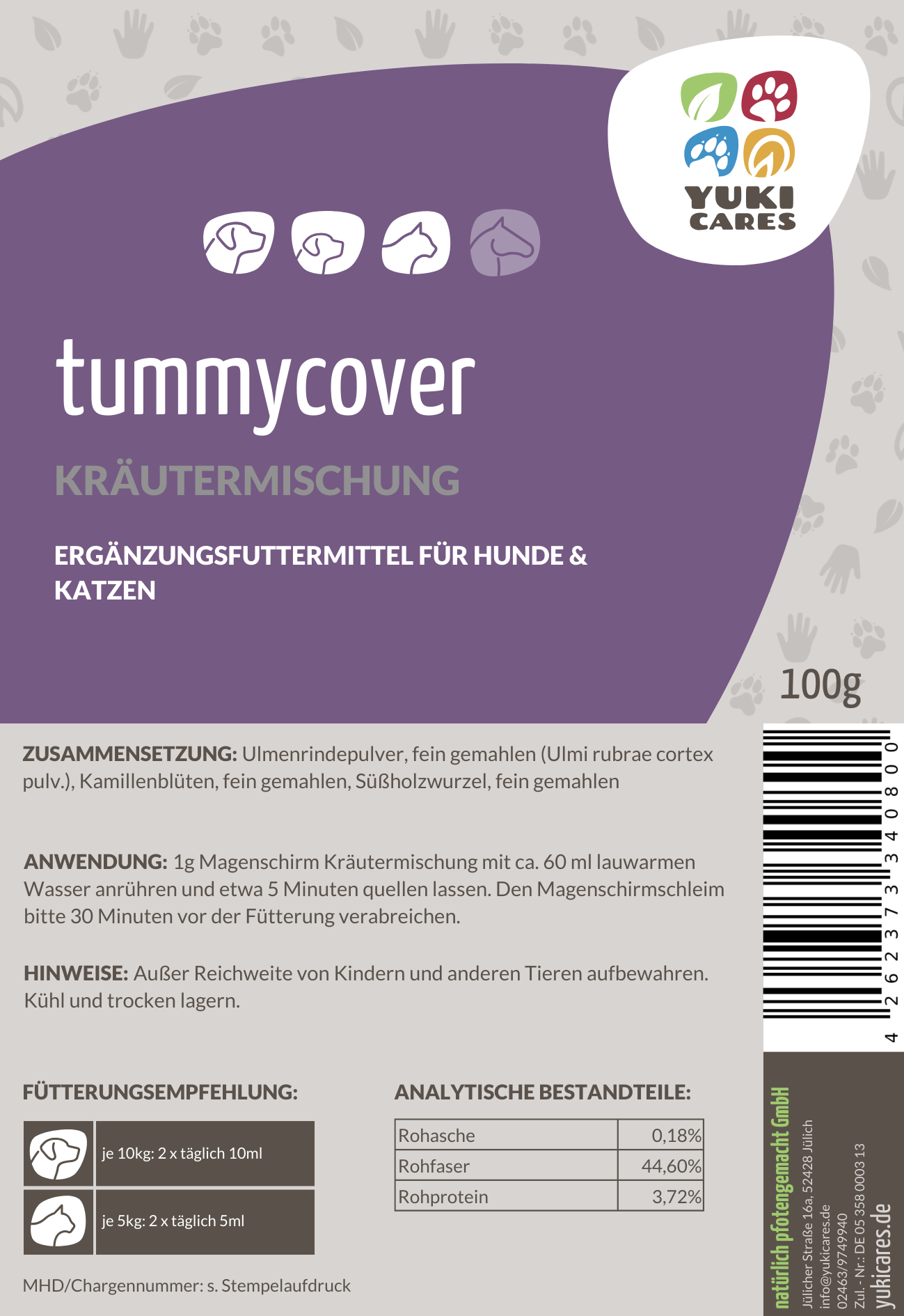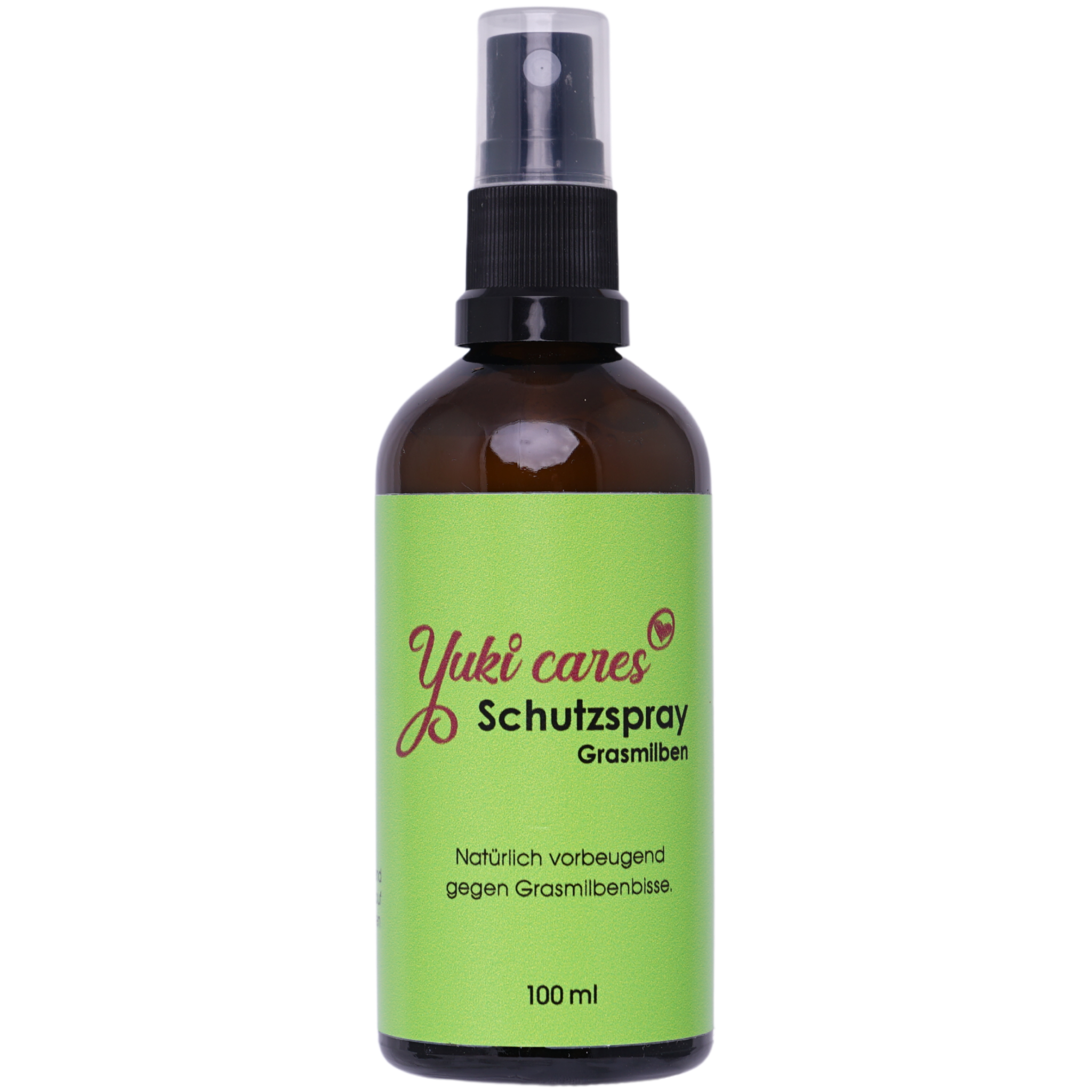While we humans look forward to the New Year with joy, for many dogs it's an evening full of overwhelming challenges. The bright, loud fireworks, the tipsy atmosphere, lack of attention, and numerous visitors all make for a stressful evening. Learn how to recognize fear in your four-legged friend, how it differs from stress, and how to accompany your dog into the new year as stress-free as possible.
How can you prepare your dog for New Year's Eve?
How can you help on New Year's Eve?
General tips for New Year's Eve with animals
How do I recognize fear in my animal?
Most people often use the terms anxiety and stress interchangeably when it comes to dogs, unaware of their differences. As a dog owner, it's your responsibility to understand these aspects and their impact on your four-legged friend in order to support them in anxious or stressful situations.
Fear and panic
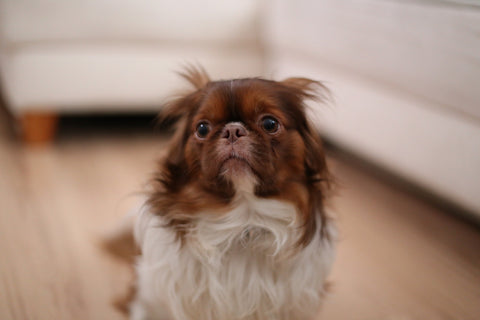 Fear is not only widespread among humans, but also among dogs. Simply put, fear is an unpleasant emotional feeling triggered by a threat. No matter how brave your four-legged friend may be, there are many things they are afraid of. The trigger for fear varies from dog to dog. For example, some four-legged friends are afraid of strangers, while others would greet even burglars with a friendly welcome. Besides typical "threats" such as strangers, cars, other animals, severe weather, and fireworks, their experiences determine what they are afraid of. Your dog may have been neglected at some point in their life or experienced abuse, pain, or physical and emotional trauma. A dog can also be anxious if they were not properly socialized when they were a puppy. In extreme cases, fear can lead to panic attacks. Some symptoms your dog may experience during a panic attack include rapid breathing, a rapid heart rate, and increased salivation. The attacks may start abruptly and subside after a few minutes.
Fear is not only widespread among humans, but also among dogs. Simply put, fear is an unpleasant emotional feeling triggered by a threat. No matter how brave your four-legged friend may be, there are many things they are afraid of. The trigger for fear varies from dog to dog. For example, some four-legged friends are afraid of strangers, while others would greet even burglars with a friendly welcome. Besides typical "threats" such as strangers, cars, other animals, severe weather, and fireworks, their experiences determine what they are afraid of. Your dog may have been neglected at some point in their life or experienced abuse, pain, or physical and emotional trauma. A dog can also be anxious if they were not properly socialized when they were a puppy. In extreme cases, fear can lead to panic attacks. Some symptoms your dog may experience during a panic attack include rapid breathing, a rapid heart rate, and increased salivation. The attacks may start abruptly and subside after a few minutes.
Symptoms of anxiety in dogs
- tucked tail
- hectic, uncontrolled tail wagging
- a lowered posture
- a bowed head
- Muscle tension
- tense facial features (“stress face”)
- the dog throws itself on the ground with its belly facing upwards
- large pupils
- Turning the head away
- raised lips
- Trembling or immobility
- Avoid eye contact
- hair standing on end on the neck
- the dog scratches or bites itself
- the food is gobbled down
- aggressive behavior such as growling and biting
- the four-legged friend tries to run away
- uncontrolled urination and diarrhea
stress
Stress is a state of mental or emotional strain caused by challenging circumstances. But stress is much more than just an emotional side effect. Chronic stress causes many serious physical problems and illnesses in dogs, such as heart disease and digestive disorders. Not all stress is bad, however. Stress that provides mental and physical stimulation, or what is referred to as mild stress, is not harmful to dogs.Stress symptoms in dogs
- ears laid back and body crouching
- dilated pupils
- raised lips
- Muscle tension and “stress face”
- tucked tail
- sweaty paws
- bad breath and body odor
- persistent coat and skin problems
- higher risk of developing an eye/ear infection
- Weight loss
- uncontrolled urination and diarrhea
- Trembling or excessive barking
- Hair loss due to excessive licking
- Fatigue and lethargy
- Refusal to eat or drink
In this article you will learn how to recognize if your dog is stressed and how you can reduce stress in your dog.
How can I prepare my dog for New Year's Eve?
New Year's Eve is a stressful night for many dogs – in addition to the fireworks, the end of the year often brings other challenges, such as a loud, tipsy atmosphere and a packed house. It's in dogs' nature to be afraid of loud noises. It doesn't help that, unlike us, they can perceive frequencies up to 45,000 Hz. In addition, their hearing can detect sounds from up to four times greater distances than humans. However, the fireworks are not only loud, but also very bright and odorous, which makes them particularly frightening for many dogs. To make the night as pleasant as possible for you and your furry friend, you should work towards this evening in advance. Get your dog used to certain situations and noises, and don't throw them in at the deep end. Here are some ideas you can try:Training (Sounds CD)
In the weeks leading up to New Year's Eve, you should get your dog used to the sound of fireworks. There are now many sound CDs* on the market, as well as plenty of downloadable content, with which you can desensitize your four-legged friend to a variety of potentially annoying noises. It's a process that requires a lot of patience and can take some time. It's recommended to carry out this training year-round, as there are many sounds that can cause stress, even outside of New Year's Eve. Caution: If your pet has developed a strong phobia of loud noises, CDs can also worsen the situation. Therefore, with this method, you should always decide on an individual basis whether it makes sense to use them. To test this, you should first play the sounds carefully and quietly. If your dog reacts restlessly, you should immediately turn them down. If, on the other hand, he seems relaxed, you should reward him. With a little training, you can then increase the volume. If you play the sounds before positive events such as a walk, a meal or a petting session, your dog will associate these sounds with something good.Bach flowers
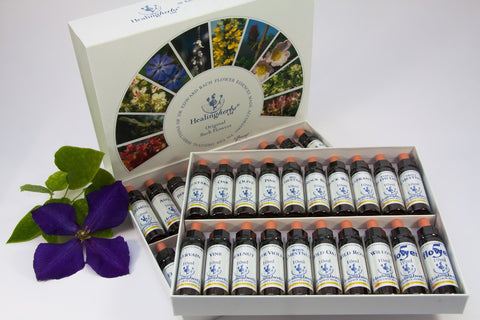 These homeopathic flower essences have a calming effect on a dog's psyche. They are used to reduce anxiety and shock, as well as to treat hyperactivity and insecurity. Blends tailored to the animal's needs are most effective and should be used during the preparation phase. While Bach flower remedies cannot combat New Year's Eve anxiety on their own, they should be used in conjunction with other calming measures. You should always consult a veterinary practitioner regarding dosage and suitability for your dog.
These homeopathic flower essences have a calming effect on a dog's psyche. They are used to reduce anxiety and shock, as well as to treat hyperactivity and insecurity. Blends tailored to the animal's needs are most effective and should be used during the preparation phase. While Bach flower remedies cannot combat New Year's Eve anxiety on their own, they should be used in conjunction with other calming measures. You should always consult a veterinary practitioner regarding dosage and suitability for your dog.
But there are also a few flowers that I can generally recommend for the New Year's Eve season, which one is suitable here always depends on the situation:
For general anxiety and insecurity: No. 5 Cerato*
Cerato can help, for example, in the days before New Year's Eve or up to eight weeks after New Year's Eve if the animal has experienced something bad.
In case of panic: No. 26 Rock Rose*
Rock Rose is the right flower if the animal is in acute panic mode due to the banging and flashing lights.
As an emergency acute remedy: Rescue Drops*
The Rescue Drops can be given every 5 minutes during the New Year.
After a shocking experience: No. 29 Star of Bethlehem*
To help your pet cope with the shock, Star of Bethlehem can be given regularly for up to eight weeks after the experience, for example if a firecracker exploded so close to your pet that it was deeply shocked.
Soothing herbal blends
Another alternative is calming herbal blends. Herbs like valerian, skullcap, and hops contribute to your four-legged friend's well-being. Since the herbs often require a lead time of two to four weeks, you should start using them now so they can take full effect by the end of the year. This is how the herbal blends work: When used as directed, the herbs block stress receptors in the brain, reducing the release of cortisol—this makes your dog more relaxed and resilient. Yuki cares' Cool Down herbal blend and Cool Down herbal capsules are best suited for this. 
Thundershirt
A “ Thundershirt*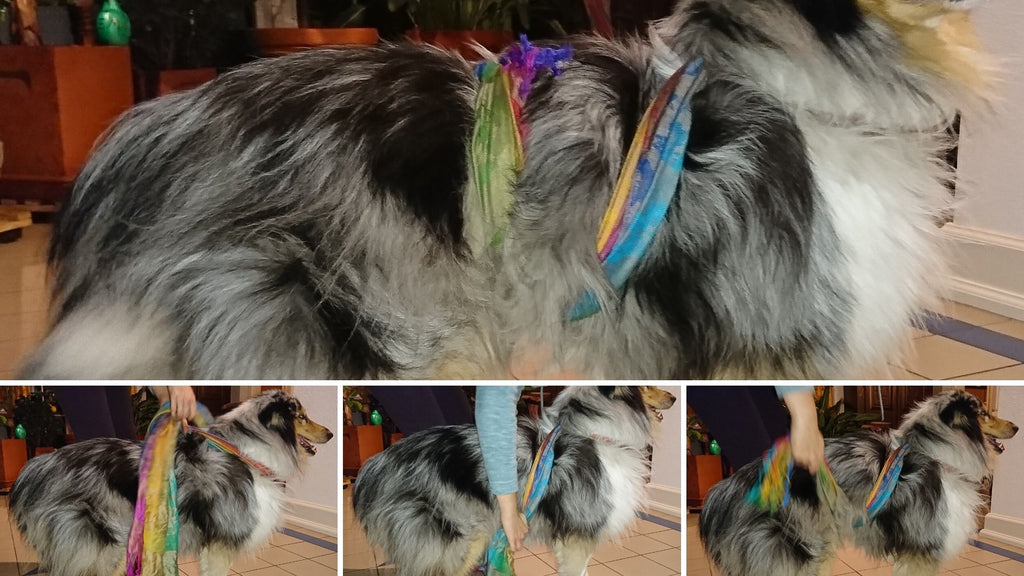
Retreat options
It's important that you offer your dog one or more places to retreat. This could be a crate, a cozy corner, or a blanket that smells like you. It should be a place where your dog feels safe and to which he has already become accustomed days before New Year's Eve. If possible, for your dog's sake, you should spend the evening at home with him. In familiar surroundings and with the support of his owner, it's much easier to cope with the stressful situation. One insider tip is the igloo from Sabro.CBD
CBD, or cannabidiol, is one of the over 100 cannabinoids found in the female hemp plant. It is a non-psychoactive substance, meaning it cannot have a mind-altering effect on your dog. CBD concentrates are usually administered in the form of drops and are truly versatile. In addition to reducing anxiety, stress, chronic pain, and age-related symptoms, CBD is also used to treat arthritis, epilepsy, organ disease, diabetes, infections, cancer, loss of appetite, and digestive problems. However, every dog is different. Some may feel the effects on the first day, while others may take a few days. For best results, you should use the oil about two weeks before New Year's and continue doing so after the New Year. Also, talk to your veterinarian or animal health practitioner about it. While veterinarians in Germany are not yet allowed to prescribe CBD products* , they can make recommendations. CBD is legal in Germany as long as the THC level is below 0.02 percent.How can I help my dog on New Year's Eve?

Under the stress of New Year's Eve, some dogs exhibit irrational behavior. For example, they may try to escape by jumping through windows or injure their paws by scratching at locked doors. While these are more extreme effects, you should try to minimize any potential stress. To help you survive the turn of the year, consider the following tips:
Thundershirt
Ideally, you have attached your four-legged friend to a Thundershirt* as described above.Darken
It's not uncommon to hear of dogs running away from their owners on New Year's Eve. To prevent this, you should lock all doors and keep windows closed. Additionally, darken the living areas by lowering the blinds but leaving the interior lights on. This will protect your dog from the bright colors of the fireworks and muffle some of the noise.Music or TV
Even if your dog isn't a music lover, a little music* can help distract from the fireworks. Calm classical music, for example, can help ease the nervousness of many pets. You can turn the music up enough to drown out some of the loud noises, but not so loud that it unsettles your dog. Additionally, some dogs also enjoy watching TV, as it can have a calming effect on them and can provide a distraction, especially on New Year's Eve.Aromatherapy

Instead of opting for sedatives, you can try treating your dog with natural essential oils first. To maximize the benefits of aromatherapy, let your dog inhale the oil and apply it to their skin. For the New Year's Eve celebrations, we recommend two of our sets: Cool Down and Feel Safe. Using them is easy. All you have to do is spray one to five times on objects near your pet and gently rub the butter into their fur. The difference between the Cool Down set and the Feel Safe set is that the first relieves your dog's stress, while the second provides a feeling of comfort and warmth for your anxious dog. They are suitable for stressed, excitable, and anxious dogs alike and have long-lasting effects. 
Cuddling/Protecting
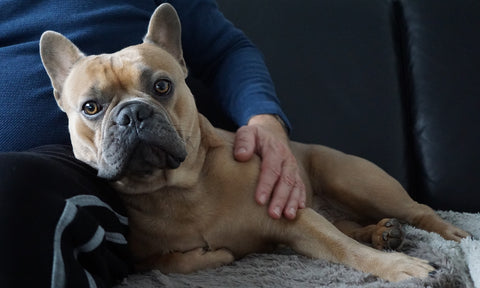
Calming hormones
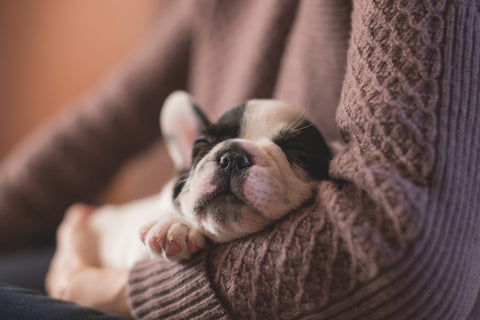
TTouch
TTouch*Sedation
Using sedatives to sedate animals is dangerous because of their many side effects. While sedatives may help your pet sleep through the night or be less aware of the fireworks, they won't reduce their New Year's Eve anxiety. They may also lose muscle control and balance. Another side effect is confusion. Your dog may not understand what's going on, but they know something's wrong. They may appear calm on the outside, but on the inside, things may be very different. Instead of helping their anxiety, sedatives can actually increase your dog's fear. Sedatives also don't address the underlying cause of the anxiety and prevent your pet from learning how to cope. Therefore, sedatives should only be used as a last resort and only after consulting a veterinarian.eggnog

General tips for the days before and after New Year's Eve
- Keep your four-legged friend away from the fireworks and garbage that lie on the streets at this time.
- Also, don't forget to keep your dog especially secure around New Year's Eve so that he doesn't slip through your fingers in a moment of terror (e.g. triggered by firecrackers). It's best to attach the leash to your clothing.
- Make sure he has his name and your number on his collar tag in case he runs away.
- After New Year's Eve is before New Year's Eve – analyze which techniques helped and what still needs to be improved
We wish you a happy and relaxing start to the new year!
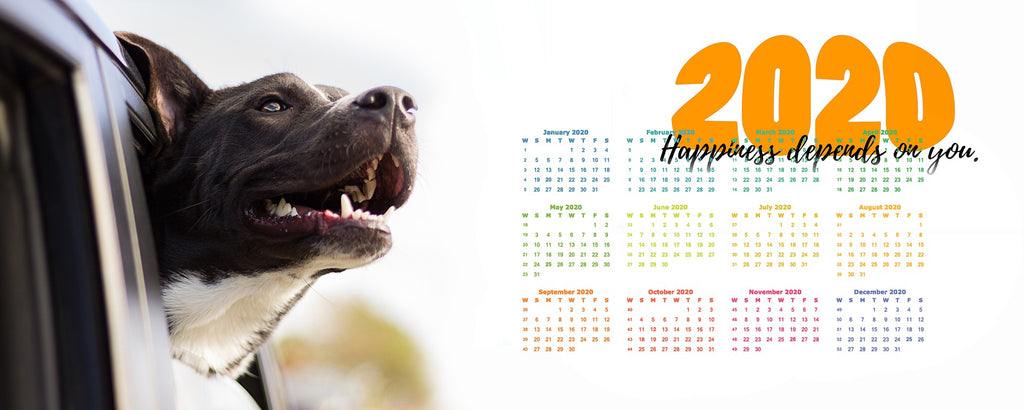
Text by Balance Cure Tierheilpraxis & Textbroker / Tim Fischer
Photos by Balance Cure Animal Healing Practice & Pixabay
This text contains affiliate links (*)
Through these links, we recommend certain products and may earn a commission. The products don't cost any more, we promise.
If you would like to be regularly informed about new blog articles, simply sign up for our newsletter below!
